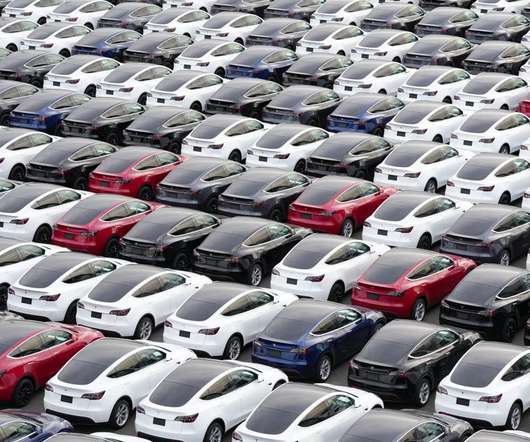EEA: increase in EU GHG emissions, mostly due to transport, hampers progress towards 2030 targets
Green Car Congress
OCTOBER 28, 2018
The “Trends and Projections in Europe” package includes an assessment of progress towards the EU’s climate targets, preliminary EU greenhouse gas emissions estimates for 2017, a specific analysis of trends and projections in the EU Emissions Trading System (ETS) and briefing summarizing the recent GHG trends and projections in Europe.


















Let's personalize your content